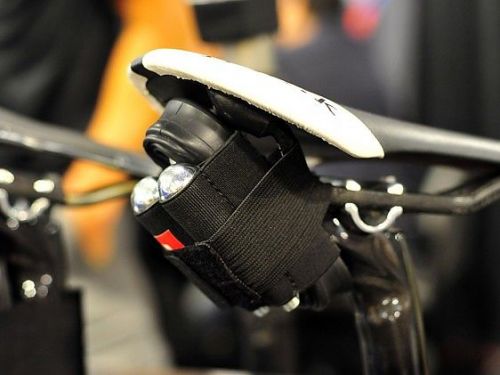FRIEDRICHSHAFEN, Germany (BRAIN)—Coming off a mild winter and beautiful spring, the German market has experienced an increase in sales and market experts expect the positive trend to continue through the remainder of the year.
Speaking on an industry panel to kick off the Eurobike trade show yesterday, Siegfried Neuberger, manager of trade association Zweirad-Industrie-Verband (ZIV), said the first half of the year was very positive in Germany. ZIV estimates 2.8 million bicycles were sold in Germany through June of this year, a unit sales increase of 4 percent. Revenue increased an estimated 6 to 8 percent. “The overall atmosphere and excellent spring made it so that sales in the trade started off very early,” Neuberger said.
He noted that the increase in revenue is partly due to higher value e-bikes, which are making up a larger share of the overall German market. According to estimates, 450,000 e-bikes were sold in Germany this year. ZIV estimates that the e-bike market can achieve an annual share of the total market in Germany of 15 percent or around 600,000 e-bikes annually. “From city to mountain to load-carrying e-bikes, the e-bike is going to continue to be one of the drivers that fuels the industry,” Neuberger said.
Rene Takens, CEO of Accell Group, noted that the good weather in Germany offset poor weather in other markets. “We had the advantage of weather in some countries, but not worldwide. The U.S. was very cold, so what we gain in one country we lose in another,” Takens said.
Worldwide, the Accell Group is seeing a lot of interest in cycling from the sport and the mobility side. “We try to develop models the industry is interested in,” Takens said. “We see a lot of e-bikes, but people have to buy them, not just us manufacturing them. The trend is for the sportive bicycles where cycling is fun. And simple models for every day. It is not just about e-bikes; we still have to sell a lot of normal bikes. It is good to have some attention for those normal bikes well.”
Georg Honkomp, chairman of German retail association ZEG, agreed that while suppliers and media have brought attention to e-bikes, dealers need to continue to focus on regular bikes. He said among ZEG members, e-bikes at present only account for 1 of 10 bikes sold.
But Honkomp added the e-bike has been positive for its dealers in growing sales and reaching an older demographic. “The e-bike has been some kind of a gift or a present. When you see the consumers, the age pyramid has been turned around. The market will be there the next couple of years,” he said.
Claus Fleischer, head of Bosch e-bike systems product division, also noted that the company sees a broadening consumer base for e-bikes. “We work in many segments, and e-bikes are developing fast. It was the elderly first who bought it, and then it moved to younger people. Now we’re talking about consumers 30 years of age, particularly with e-mountain bikes.”
While panelists noted concerns over safety and legislation particularly in the U.S. market, they shared optimism about the potential growth of the e-bike category worldwide as it expands into new categories such as mountain bikes and load-carrying e-bikes.
“There has been electrification in all areas of life,” said Fleischer. “Forecasts have shown it will go to 20 to 30 percent so every 1 in 3 bikes will be an e-bike. All bicycle sectors are being electrified at the moment, even in new categories we didn’t see a few years ago like cargo.”




